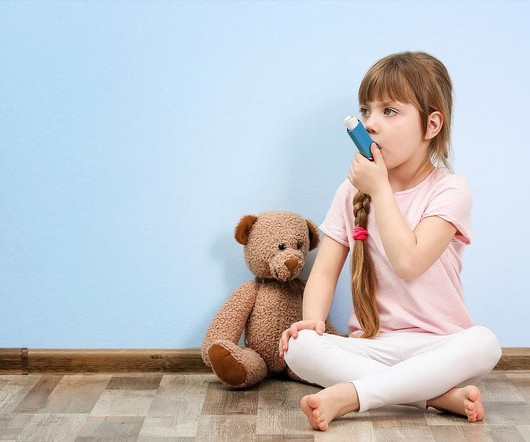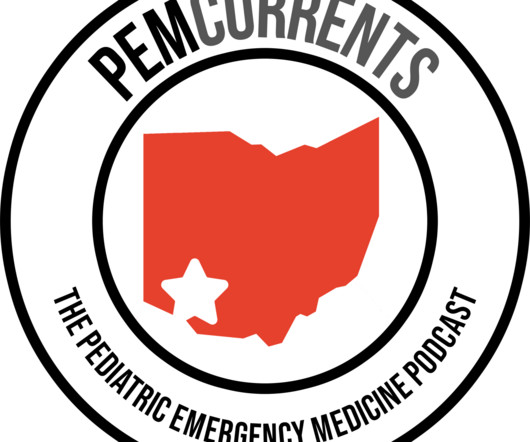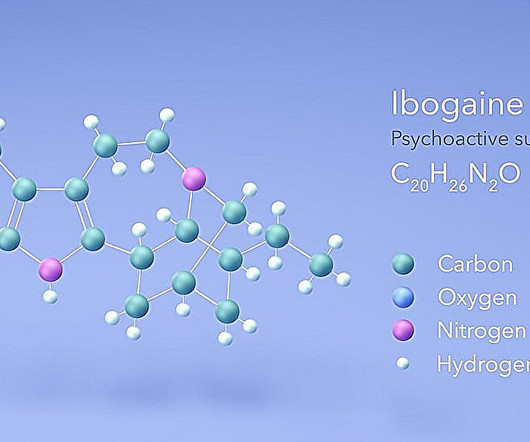Passive Digital Marker Can Identify Childhood Asthma Risk
Physician's Weekly
JUNE 17, 2025
TUESDAY, June 17, 2025 (HealthDay News) — It is feasible to use electronic health record (EHR) data in the Pediatric Asthma Risk Score (PARS) to accurately predict childhood asthma risk, according to a study published in the June issue of eClinicalMedicine. percent) had a confirmed asthma diagnosis after age 4 years.












Let's personalize your content